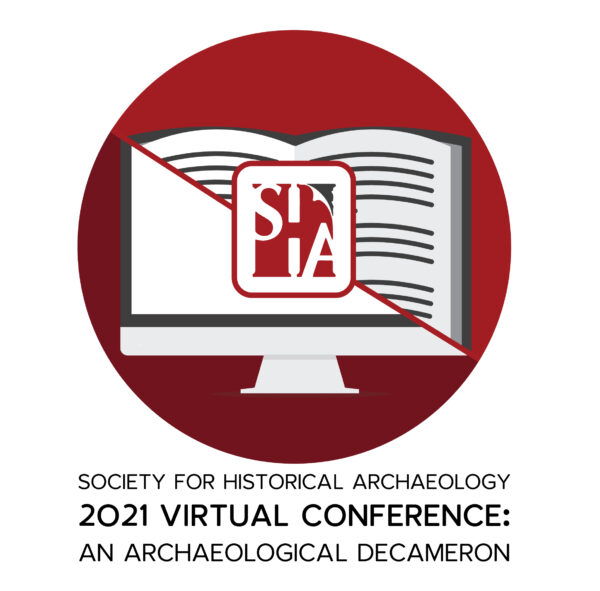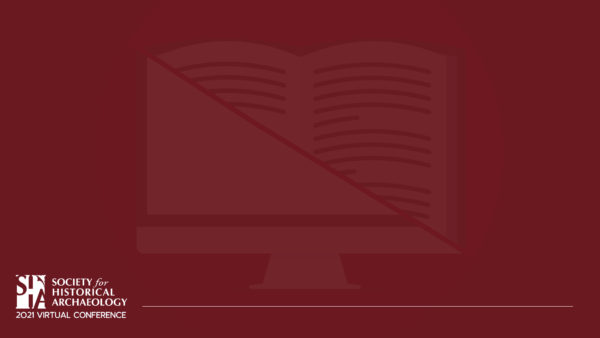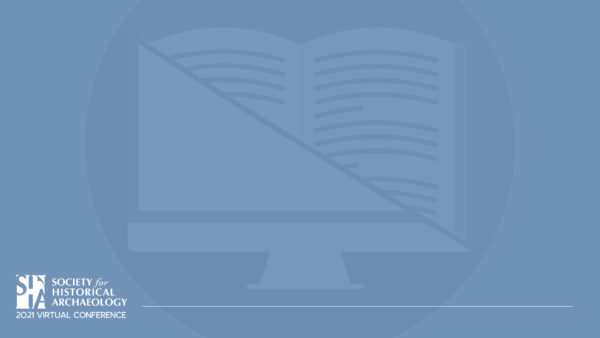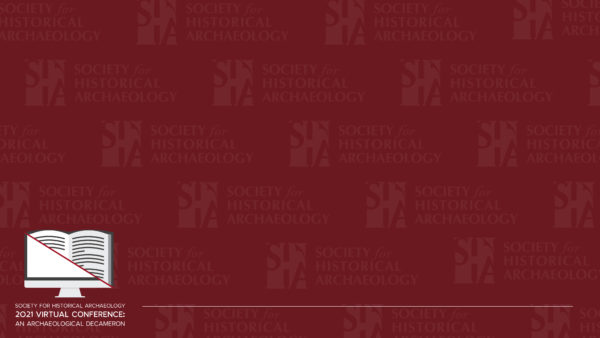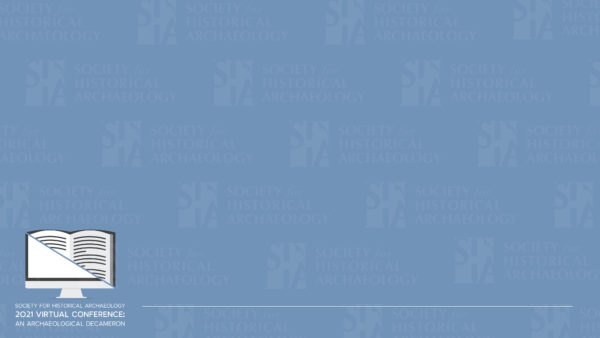SOCIETY FOR HISTORICAL ARCHAEOLOGY CONFERENCE CODE OF CONDUCT
PREAMBLE
The Society for Historical Archaeology is committed to providing a safe, respectful environment for all attendees at its conferences. To that end, the SHA will work to provide a harassment-free experience for everyone, regardless of gender, gender identity and expression, age, sexual orientation, disability, physical appearance, race, ethnicity, religion (or lack thereof), or any other category. The SHA will not tolerate harassment in any form at any SHA-sponsored events. This policy applies to all SHA members and non-members who participate in an SHA activity.
DEFINITION AND EXAMPLES OF IMPERMISSIBLE CONDUCT
Harassment includes offensive comments or behavior related to gender, gender identity and expression, age, sexual orientation, disability, physical appearance, body size, race, ethnicity, religion, technology choices, sexual images in public space, deliberate intimidation, stalking, following, harassing photography or recording, sustained disruption of talks or other events, inappropriate physical contact, and unwelcome sexual attention. Outside of research presentations that include specific considerations of sexuality or sexual representations in the past, sexual language and imagery is not appropriate for any conference venue, including talks, workshops, parties, social media and other online media.
Harassment under this Policy refers to any behavior by an individual or group that contributes to a hostile, intimidating and/or unwelcoming environment. Such conduct is harmful, disrespectful, and unprofessional.
OBLIGATION
All participants and attendees at the conference accept the obligation to treat everyone with respect and civility and to uphold the rights of all participants and attendees, including SHA staff, temporary staff, contractors, volunteers and hotel staff, to be free from harassment.
Attendees are bound by the SHA Ethics Principles, the SHA Sexual Harassment and Discrimination Policy, and this Conference Code of Conduct. Attendees should also be aware that they are also bound by the codes of conduct at their home institution(s). This policy, which is consistent with the professional ethics statement of the SHA, does not supersede institutional codes but is intended to reinforce their message.
By obtaining SHA membership, registering to present or attend SHA meetings, members and participants commit to maintaining respectful and ethical relationships in accordance with this policy. The SHA reserves the right to remove an individual violating this policy from the SHA annual conference without warning or refund and prohibit attendance at future SHA conferences and/or activities.
Should the SHA have concerns regarding an individual’s attendance at its conference creating a safety issue, the SHA can bar the individual from registering and attending the conference. In the case of proven violations that took place prior to the annual meeting and that have been reported and documented prior to pre-registration, proven harassers/assailants will be barred from participation. Late and on-site registrations will be rescinded immediately should information be received documenting a proven violation. The SHA will not conduct its own investigation but will accept the investigations of law enforcement agencies, RPA, universities, EEOC and employers. Documented harassers/assailants should be identified to SHA staff or leadership by survivors or other reporters as early as possible. Identification with documentation of adjudication needs to be provided to bar participation in SHA events.
REPORTING AT THE CONFERENCE
Conference attendees, who experience or witness harassment as defined by this policy, or who are aware that a conference participant is currently or has been sanctioned for assault or harassment by an adjudicating body and can provide documentation of the outcome, are encouraged to contact one of the following:
- SHA Executive Director directly at 240-753-4397;
- A member of the SHA Board of Directors ; or
- A member SHA Code of Conduct Committee. The members of the Code of Conduct Committee for the SHA 2021 Virtual Conference are:
Julie Schablitsky (Chair, SHA Ethics Committee) – 443-930-2127 (jschablitsky@mdot.maryland.gov)
Mia Carey (Chair, SHA Gender and Minority Affairs Committee) – 202-642-0708 (lashaye17@gmail.com)
Molly Swords (Chair, SHA Academic and Professional Training Student Subcommittee) – 703-283-5175 (mollyeswords@gmail.com)
Chelsea Freeland (ACUA Representative)- 217-549-3075 (cfreeland08@gmail.com)
Carolyn White (Chair, SHA Academic and Professional Training Committee) – 775-682-7688 (clwhite@unr.edu)
These individuals will provide appropriate support to those who witnessed or who have experienced harassment or feel unsafe for any reason at the conference. The Executive Director or a member of the SHA Code of Conduct Committee will advise on the formal complaints process and, if requested, forward complaints to the full SHA Code of Conduct Committee for resolution.
Formal complaints should be as specific as possible about how alleged behavior constitutes harassment, as defined in this SHA policy. Any report received will remain confidential to the maximum extent possible when the SHA Code of Conduct Committee considers and investigates the complaint.
 Welcome to sha.org, the official website of the Society for Historical Archaeology
Welcome to sha.org, the official website of the Society for Historical Archaeology

